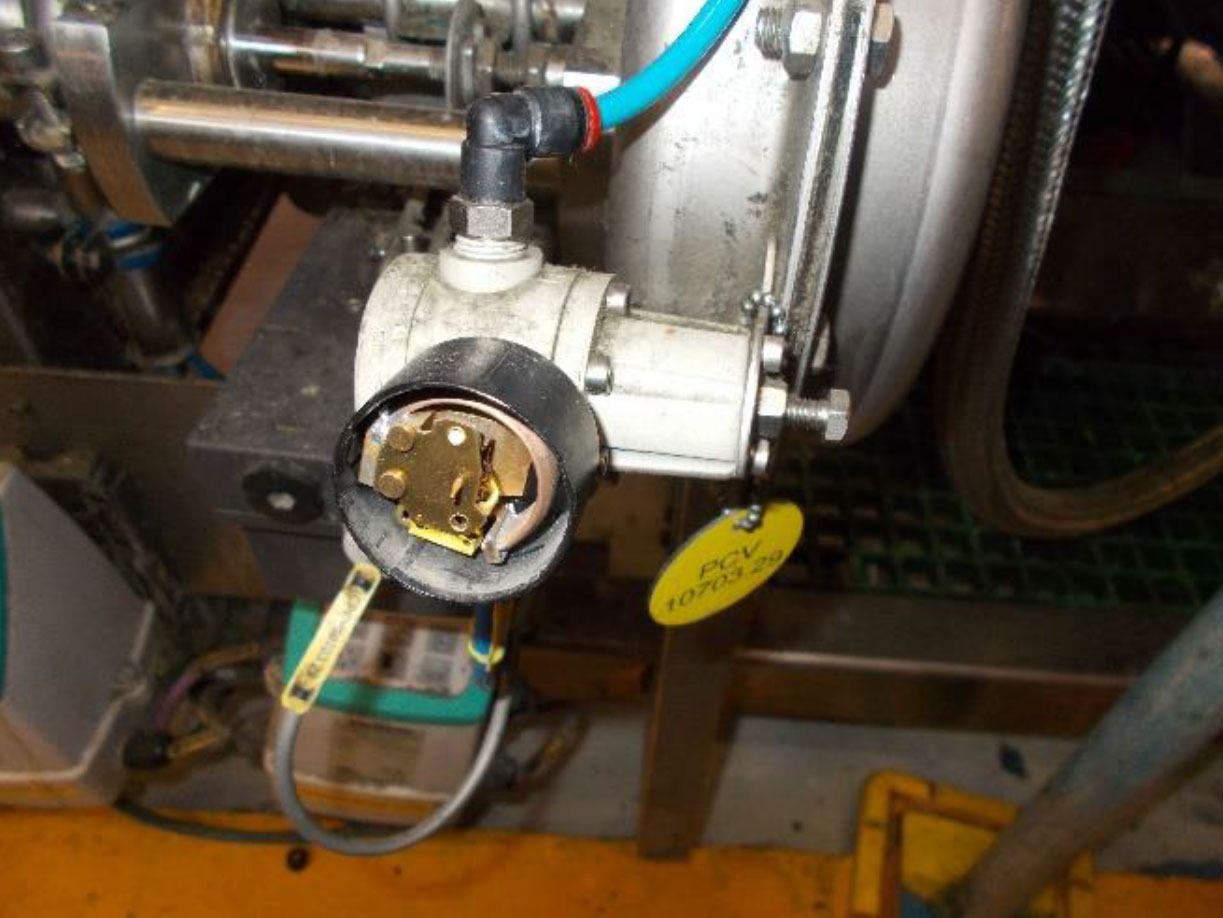In this article
There are savings in the air...
ERIKS Air Leak Survey reduces the energy costs for P&G

Industry Sector:
General Industry
Application:
Compressed air system
Actual Saving:
£110,000
Payback period:
N/A
Product/Service:
- Air leak survey
Customer Benefits:
- Reduced emissions
- Increased efficiency
- Reduced energy use
There’s a saying that what you don’t know doesn’t hurt you. But it definitely doesn’t apply to air leaks.
Invisible, often inaudible and therefore frequently overlooked, leaks you don’t know about from a compressed air system not only reduce the system’s efficiency – with a potential knock-on effect on productivity – but also waste energy. And that in turn can mean higher bills, higher emissions and a larger carbon footprint.
At Proctor & Gamble’s washing powder production plant, an ERIKS Air Leak Survey made sure all these issues came out in the wash – and then provided the solutions to help the customer clean up.
Challenge
With strict energy saving KPIs to meet, and faced with increasing energy costs, Proctor & Gamble approached ERIKS for know-how on ways to optimise efficiency, reduce costs and achieve targets.
An efficient compressed air system can be critical to achieving optimised production. However, any reduction in efficiency is usually gradual. Equally gradually, the system compensates by working harder to generate more compressed air. As a result the decrease in pressure in the system may be negligible, but the increase in energy costs quickly becomes noticeable. So even if the cause of reduced efficiency can be difficult for a non-specialist engineer to identify, the impact on the bottom line is easy to see.
Solution
Knowing the significant role the customer’s compressed air system plays throughout the washing powder production process, ERIKS recommended an Air Leak Survey. This can often be a valuable first step towards identifying inefficiencies and potentially reducing energy costs.
Clearly a visual inspection alone won’t identify air leaks. Even listening for a telltale hiss of escaping air won’t usually be effective in a noisy industrial environment.
ERIKS’ solution is to use a powerful ultrasonic detector to pick up the slightest sound from even the smallest leak. But what it’s attached to at the other end is what’s really important.
An ERIKS engineer with extensive experience of pneumatic air systems knows where air eaks are most likely to occur, so knows where to look first. Then when the detector is deployed in the right location, it can quickly and easily confirm if the engineer is correct.

Washing powder measure
The size and complexity of the Proctor & Gamble system mean the Air Leak Survey took afull two working days. And the result wasn’t just hot air.
Result
After two days of careful inspection with the ultrasonic detector, the ERIKS Air Leak Survey identified a total of over 100 leaks in the Proctor & Gamble compressed air system. This represented wasted energy amounting to £250,000 a year, every year.
While a handful of leaks could have been dismissed as a minor consideration to be dealt with as part of ongoing maintenance, the sheer scale of leakage meant that urgent attention was needed.
The written report, which is provided as part of every Air Leak Survey, not only recorded the location of each leak, but also identified the cause (whether that is poor or incorrect fitting of joints, poor quality tubing or tubing damage) and included a photograph of the location. In addition, each leak was quantified financially so that its criticality in terms of energy loss could be categorised.

Faulty pressure gauge in-situ
The number of leaks requiring fixing was too many for the customer’s in-house maintenance and repair team to handle all at once. So the leaks were prioritised using the information from the report, and the team was tasked with the repairs which would deliver the most sizeable and immediate savings.
This ongoing work has led to an initial cost-saving of £110,000 per year. And the work will continue to fix the leaks further down the list of priorities – ultimately leading to savings of £250,000 per year.
The impressive and visible savings from fixing the previously invisible issues have convinced Proctor & Gamble to commission further ERIKS Air Leak Surveys in other areas. The first of these has already generated energy savings of £50,000 per annum, with two more surveys booked to follow.
